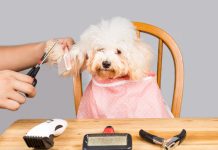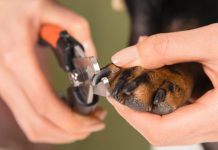Air Pollution: What Exactly is It & Why is It Dangerous?
Air pollution refers to suspended gases, liquids, and solid particles which can be harmful to humans, animals as well as plants. Air pollution can occur in many different ways, but the main contributor to air contamination is human activity. These pollutants, also known as aerosols, change the chemical (biological) composition of the air.
When air pollutants exceed a particular threshold, they form what is known as smog. In most cases, smog consists of gases such as ozone, carbon monoxide, nitrous oxides, lead, methane, particulates, and sulfur dioxide. Of these aerosols, ozone, lead, carbon monoxide, and particulates are dangerous to human and animal life when inhaled.
These gases also destroy the lungs and airways as they pass. The particles, or dust, may become logged in the lungs and cause respiratory problems such as asthma, lung cancer, and severe inflammation. Aside from lung damage, air pollutants can also cause serious issues such as strokes, heart disease, COPD, and organ damage (kidney, nerves, liver, etc.) in people as well as animals.
In the short term, you may experience nausea, nose/throat/eyes/skin irritation, and dizziness. You may also come down with illnesses such as bronchitis or pneumonia. How you react to air pollution will depend on the kind of pollutants that you are exposed to, how much you are exposed to, your current (previous) health condition, and your genetic makeup. Air pollution is most prevalent in cities where emissions are significantly higher than in less densely populated places. However, it can also occur indoors.
What Brings About Air Pollution?
Air pollution is classified as either human-made or natural. Natural air pollutants are usually caused by naturally occurring events such as wildfires, volcano eruptions, pollen release from plants, etc. The majority, however, is brought about by chemical reactions in industries and vehicles, usually from the burning of petroleum, coal, wood, and other fossil fuels. These processes release gases as well as dust particles into the air, which then combines to form smog.
Effects of Air Pollution on Pets
All animals, regardless of size, can be affected by air pollution. That’s because animals, like humans, depend on oxygen for survival. So, when they are exposed to a polluted environment, they breathe air that is contaminated with dangerous gases and particles. These particulates and gases then wreak havoc in an animal’s body just like they do in humans.
 Domestic animals such as pets can be exposed to air pollution both indoors and outdoors. So, apart from the exhaust from cars and companies, dust, pollen, and the likes, your cat or dog may also be affected by things like cigarette smoke, dust, and smoke from combustion. To protect your dog or other pet, limit indoor pollution and ensure that they wear a mask when going out to places where air pollution levels are high.
Domestic animals such as pets can be exposed to air pollution both indoors and outdoors. So, apart from the exhaust from cars and companies, dust, pollen, and the likes, your cat or dog may also be affected by things like cigarette smoke, dust, and smoke from combustion. To protect your dog or other pet, limit indoor pollution and ensure that they wear a mask when going out to places where air pollution levels are high.
What are the Typical Reasons to Utilize a K9 Mask?
You need to use a K9 dog gas mask to safeguard your four-legged companion from harmful elements in the air. Most of the time, these contaminants will depend on the environment you live in. With that cleared out, some of the typical reasons people acquire dog masks are:
- To protect mutts from smoke coming from fires;
- To safeguard dogs from industrial smog;
- To keep exhaust fumes from getting into the mutt’s respiratory system;
- To protect dogs during dust storms;
- To safeguard dogs from airborne bacteria and viruses;
- To protect dogs from airborne particles after volcanic activity.
Symptoms of Respiratory Issues in Mutts
Just like we do, mutts exhibit symptoms when they have issues with their respiratory systems. Some of the typical signs these loyal companions show when they have underlying problems with their breathing system include:
- Swelling (inflammation) of the eyes, skin, mouth, air paths;
- Heavy panting with open mouth;
- Frailness;
- Fatigue;
- Troubled inhaling and exhaling;
- Coughing, sneezing, & vomiting;
- Heavy drooling;
- Discharge from the nasal opening;
- Cyanosis – blueish pigmentation of the skin.
Whenever you observe your dog exhibiting these symptoms, it is advisable to get them checked by a veterinarian. These signs point to an acute respiratory condition that needs to be remedied fast to save the life of your four-legged companion.
What is the Remedy to Acute Respiratory Problems?
Veterinaries will conduct a series of assessments to comprehend the condition that ails your adorable four-legged companion. After that, they will administer suitable treatments to help your dog get better, and eventually, back to normal.
Some of the typical treatments administered include:
- Oxygen supplementing;
- Ventilator;
- Intravenous fluids;
- Pain killers;
- Corticosteroids.
To ensure that your dog gets effective treatment, take them to the veterinary immediately after they exhibit signs of breathing difficulty.
How to Stay Active with Your Mutt While Inside the Home?
If you are both constricted to the house, there are things that you can do to keep the dog active. Some of the fun and revitalizing activities you can do include but are not limited to the following:
- Exercises: These are tasks that help your dog get better at things where they are not necessarily that good. An excellent example of such an activity is “sit-and-stay” training.
- Games: Some of the games you can engage in to get your mutt active include fetch and tug-o-war. You can also get creative with their favorite treats by playing a game of “sniff-and-find.”
- Corridor toy fetch: In the corridor of your abode, you can throw a toy at a distance and let your mutt fetch it. If they are well-trained, they’ll bring it back, thus keeping the activity going. Note, this exercise is only feasible if you have an extended corridor.
- Puzzles: These are more of mental exercises and will get your dog active instantly. Treat-dispensing balls are exceptional items to use in this regard.
Offer your pup probiotics for dogs in addition to his (her) common diet to stimulate immune system and support the canine’s health from the inside.
Verdict & Final Thoughts
Air pollution has shown to have adverse effects on human health. And the same case goes for a dog. Sadly, pollution is a problem in many parts of the world. So, if you want to protect your dog and ensure that they live a long and healthy life, get them a protective mask. A mask is also ideal if your dog suffers from a respiratory condition or allergy. In this review, you’ll find recommendations for excellent safety masks and dog respirators.
The overall top choice is Linkinghome respirator mask, which is highly adjustable and available in different sizes. The other suggestions are good alternatives, too, depending on the type of dog you own, your budget, and your preference.
So, have you purchased any canine mask reviewed here? What was your experience with your mask? Share your thoughts or recommendations down below.
PIN FOR LATER!
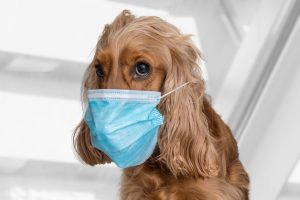 A dog mask is an excellent gear for protecting your four-legged companion against harmful elements in the environment, such as dust, particulate matter, smoke, and toxic gases. When inhaled, these contaminants can cause immediate discomfort in your dog. Worse still, they can lead to more complicated health issues in the long-term as they’ll gradually destroy the lining and tissues in the nose and lungs.
A dog mask is an excellent gear for protecting your four-legged companion against harmful elements in the environment, such as dust, particulate matter, smoke, and toxic gases. When inhaled, these contaminants can cause immediate discomfort in your dog. Worse still, they can lead to more complicated health issues in the long-term as they’ll gradually destroy the lining and tissues in the nose and lungs.

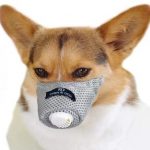
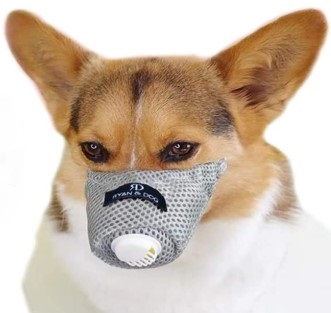

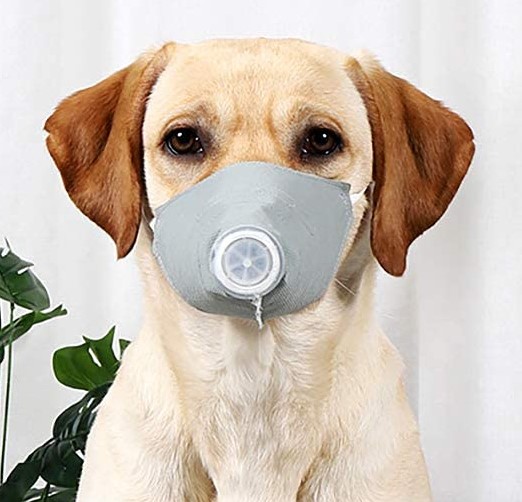
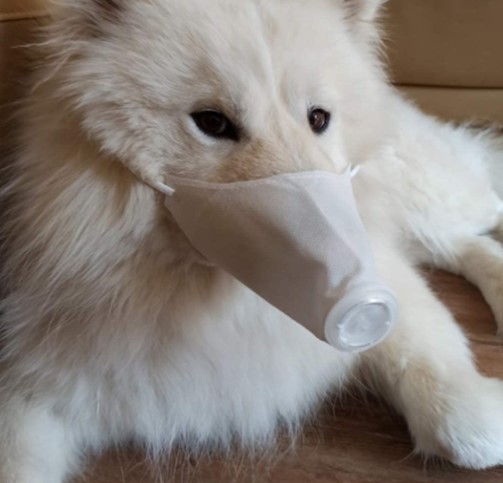
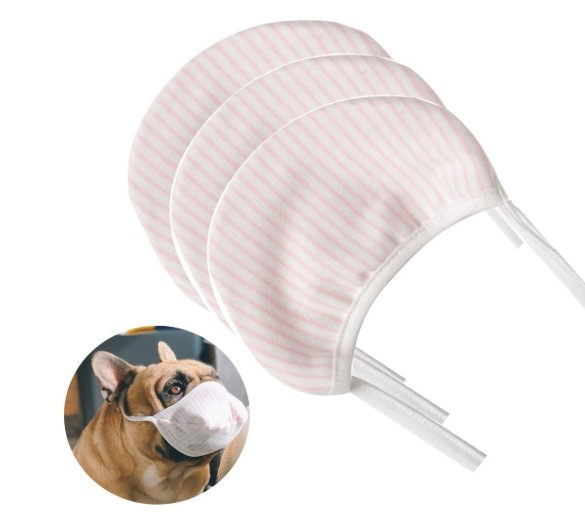
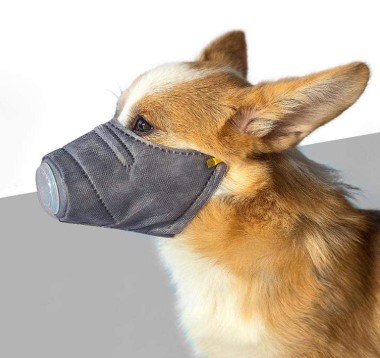

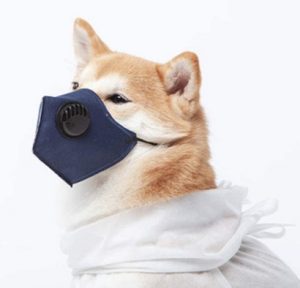
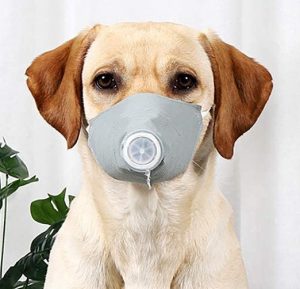
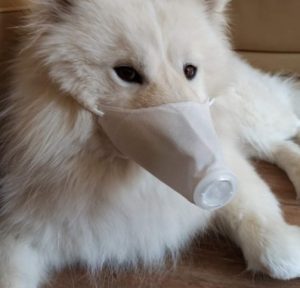
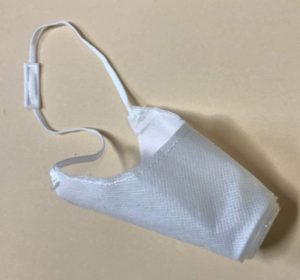
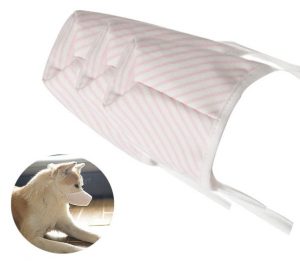
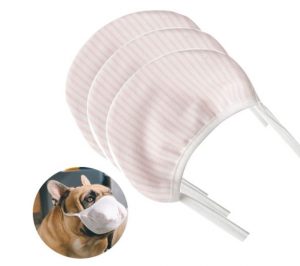
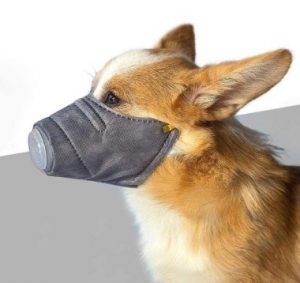
 Domestic animals such as pets can be exposed to air pollution both indoors and outdoors. So, apart from the exhaust from cars and companies, dust, pollen, and the likes, your cat or dog may also be affected by things like cigarette smoke, dust, and smoke from combustion. To protect your dog or other pet, limit indoor pollution and ensure that they wear a mask when going out to places where air pollution levels are high.
Domestic animals such as pets can be exposed to air pollution both indoors and outdoors. So, apart from the exhaust from cars and companies, dust, pollen, and the likes, your cat or dog may also be affected by things like cigarette smoke, dust, and smoke from combustion. To protect your dog or other pet, limit indoor pollution and ensure that they wear a mask when going out to places where air pollution levels are high.

